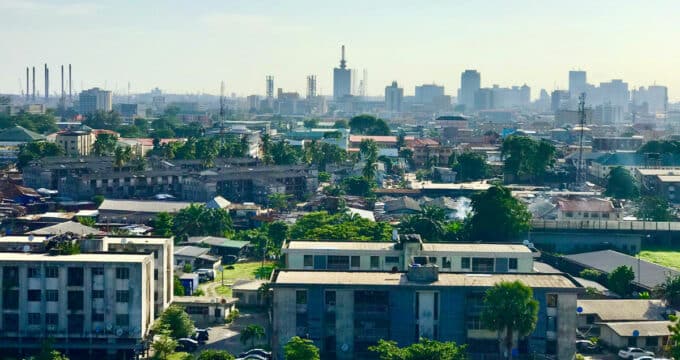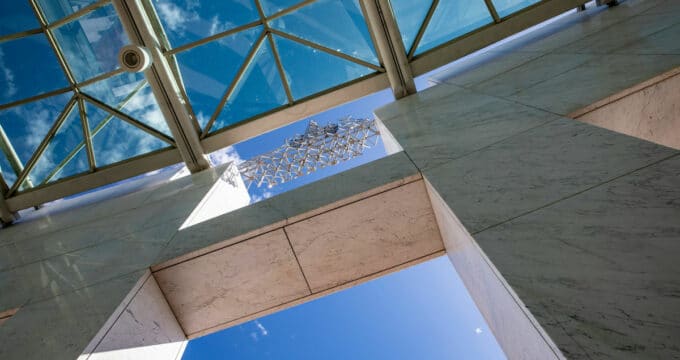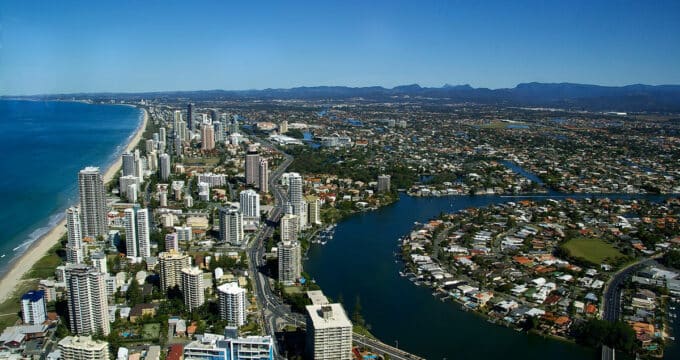Iran eases restrictions on international education
In Iran, the election last year of President Hassan Rouhani has led to a relatively more progressive and international academic climate than was the case during the reign of Mahmoud Ahmadinejad, Mr Rouhani’s predecessor. Mr Rouhani has called for more linkages to Western academics, and in today’s featured interview, Mr Soheyl M Ahmadi, Managing Director of the well-regarded Tekie Gaah-e Danesh agency (TKDanesh), speaks to Iran’s significance as a source country for international students. Mr Ahmadi has been in the student recruitment industry in Iran for five years. He has worked with many educators from all over the world and has been especially successful in the recruitment of students to Italy and Russia despite the economic crisis in Iran after sanctions.
Up to 80,000 Iranian students study abroad
Economic and diplomatic sanctions imposed on Iran during the past decade by various countries have led to significant challenges for Iranian students studying in foreign institutions, both in terms of what happens to their funds when their currency fluctuates due to sanctions and limitations on what they can study and their employment prospects in host countries. Some of these sanctions remain in place, but things are changing. Mr Ahmadi notes in the video below that the economy is rebounding, and that there is significant demand among Iranian students to study in Europe, the UK, and the US. He feels that of all the destinations, Europe is particularly popular right now. Estimates of the number of Iranian students studying abroad currently range from 50,000-60,000 to as high as 80,000 or more.
Opportunities with Iranian students
A seminar presentation given by Mr Ahmadi at the ICEF Dubai Workshop earlier this year (see slides below) outlines some of the reasons for high Iranian demand for overseas study, including a lack of capacity in domestic universities. This lack of capacity is explained in the following excerpt from a related item from World Education Services:
“Entry to Iran’s public universities is based on the very competitive university entrance examination known as the Konkur or Concours. Taking place in June every year, the exam weeds out almost 90% of candidates for public universities, with just 10% of approximately 1.5 million test-takers finding a spot at one. All private universities, other than Islamic Azad University, also use this examination for admission purposes.”
Mr Ahmadi’s presentation contains the following breakdown of how many Iranian students are studying at various levels in Iran:
- Bachelor (or language programmes/foundation/certificate) level: 91,004;
- Master’s: 23,996;
- PhD: 22,586;
- Total number: 137,586.
As for the study abroad programmes Iranian students are most interested in, Mr Ahmadi told the ICEF Dubai Workshop audience that the most popular areas of study are (in order): Engineering, Humanities, Basic Sciences, Arts, and Agricultural Sciences. The top destination countries for Iranian students at the Master’s and PhD levels (which account for the majority of programmes being taken by Iranian study abroad students – roughly 50,000 in 2013), according to Mr Ahmadi’s presentation, are:
- Malaysia: 9,077;
- US: 7,830;
- Canada: 5,976;
- Germany: 3,356;
- UK: 3,152;
- Turkey: 3,060;
- Italy: 3,009;
- India: 2.650;
- Australia: 2,469;
- Sweden: 1,822.
Iranian students in the US
The Washington Institute estimates that almost 9,000 Iranian students study in the United States, more than double the number in the country at the time of the 2009 unrest but much below the peak of 56,000+ in the 1980s (see infographic below). It advocates the easing of barriers for Iranian students to study in the US as one step in improving diplomatic relations between the two countries. Of the Iranian students studying in the US, World Education Services reports that:
“Three out of four enrolled in STEM in 2013; one-half of the [Iranian] students enrolled in engineering programmes alone.”
A recent report in the Wall Street Journal suggests there are some signs of a more open attitude toward Iranian students and educational exchanges between the US and Iran:
“Under General License G, issued by Treasury’s Office of Foreign Assets Control, US academic institutions can enter student-exchange agreements with Iranian universities, and provide scholarships to Iranian students seeking to study in the US. In addition, Iranian students can participate in online courses and Iranians can take university entrance and professional certification exams.”
Agencies in Iran are focused on specific destination countries
As you will have heard in the video, Mr Ahmadi’s agency has a particular focus on sending students to Italy as well as Russia; he considers Italy to be a wonderful niche market complete with scholarship opportunities. Please see the Scholarship Positions website for a comprehensive list of scholarships open to Iranian students around the world. The TKDanesh agency is one of 191 accredited agencies in Iran and is a member of the Iranian Society of Student Recruitment Institutes (SSRI). Government-authorised agencies are organised in such a way that they are permitted to focus on only one or two destination markets or regions, which has a couple of implications:
- They are able to become highly specialised in their region/country of focus;
- International institutions interested in recruiting Iranian students must know which agencies they need to deal with.
At the moment, the list of the 191 agencies is not available in English; those interested in the Iranian market are well-advised to work with an Iranian translator or student to get the list rendered into English.
Only some foreign institutions eligible to receive Iranian students
The Iranian government permits students interested in studying abroad to attend only institutions listed on their Ministry of Science, Research, and Technology list. Institutions are organised into different categories according to their perceived quality (A, B, C and so on). Again, this list is available only in Farsi (Persian), so it will require translation.
Fluid situation, but easing tensions should pave the way for more opportunities
The past year or so, in which a “Geneva Deal” saw the West begin to relax its sanctions affecting Iran in return for Iran accepting limits to its nuclear programme, has given many Iranians hope for increased opportunities to connect with the rest of the world. This may translate into an easier path to study abroad for talented Iranian students, and for the foreign institutions that would like to host them.
Most Recent
-
Data shows a decline in Nigerian student searches for study abroad; UK may be hardest-hit Read More
-
ICEF Podcast: How policy interventions are impacting student planning for study abroad Read More
-
EU sets goal of sending at least 23% of university students and 12% of VET students abroad by 2030 Read More














